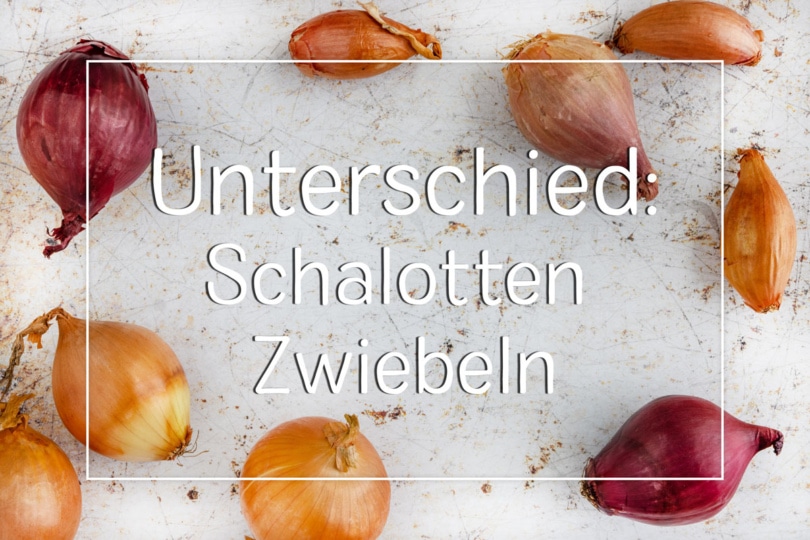was ist der unterschied zwischen Deutsche Sprache, schwere Sprache – German is often described as a challenging language to learn, and one of the reasons for this reputation is its complex system of articles, nouns, and adjective endingsOne common question that arises when learning German is, “Was ist der Unterschied zwischen?” which translates to “What is the difference between?” In this article, we will explore various aspects of the German language where differences and distinctions play a crucial role.
1Der, die, das: Gender in German
In the German language, every noun is assigned one of three genders: masculine (der), feminine (die), or neuter (das)The gender of a noun affects the choice of articles, adjectives, and sometimes even the word’s endingUnderstanding the difference between these genders is essential for proper sentence construction.
2Noun Cases: Der, die, das, den, dem, des
German nouns change their forms based on their grammatical roles within a sentenceThis change is known as noun declension, and it involves four cases: nominative (subject), accusative (direct object), dative (indirect object), and genitive (possession)Each case has its specific article and adjective endings, which learners must distinguish.
3Adjective Endings: Ein, eine, ein, einen, einer, eines
Adjectives in German also change based on the gender, number (singular or plural), and case of the noun they modifyThis means that the adjective endings can differ significantly between sentences, depending on the context and grammatical structure.
4Word Order: The German Sentence Structure
Another area where differences come into play is the word order in German sentencesWhile English generally follows a subject-verb-object (SVO) structure, German has a more flexible word order, and word placement depends on the emphasis and context.
5Verb Conjugation: Der, die, das Verb
Verbs in German are conjugated differently for each person (I, you, he/she/it, we, you all, they) and each tense (present, past, future, etc.)Understanding the various verb forms and their differences is vital for effective communication.
6Modal Verbs: Können, müssen, wollen, dürfen, sollen, möchten
Modal verbs are a group of verbs that express necessity, possibility, or permissionThey are commonly used in German and have distinct conjugations and meanings that learners need to grasp.
7Prepositions: The Little Words That Make a Big Difference
Prepositions in German, such as “in,” “on,” “under,” etc., can be a source of confusion for learnersThese small words often determine the case of the noun they precede, and their usage can vary from their English counterparts.

8Synonyms and False Friends: Similar Words with Different Meanings
Learning German can be tricky due to the existence of words that look or sound similar to English words but have entirely different meaningsThese are known as false friends, and distinguishing them is crucial to avoid misunderstandings.
9Regional Variations: German Dialects and Accents
Germany is home to various dialects and regional accents, which can add another layer of complexity to understanding spoken GermanLearning to differentiate between Hochdeutsch (Standard German) and local dialects is essential for effective communication.
10Cultural Nuances: Understanding German Customs and Etiquette
Finally, language is not just about words and grammar; it also carries cultural nuances and etiquetteLearning about the differences in customs and social norms can help learners navigate social situations and avoid misunderstandings.
In conclusion, the German language is full of nuances and distinctions that can pose challenges for learnersHowever, with dedication and practice, mastering these differences can lead to proficiency and fluency in one of Europe’s most influential languagesSo, the next time you ask, “Was ist der Unterschied zwischen?” remember that the differences in German are what make it a rich and fascinating language to learn.
 Lab Diamond Tennis Bracelet: The Epitome of Elegance and Luxury
Lab Diamond Tennis Bracelet: The Epitome of Elegance and Luxury  Unveiling the Truth: Why Mined Diamonds Are Not Scarce
Unveiling the Truth: Why Mined Diamonds Are Not Scarce  Power Duo: SEO Agency Services and Website Design in Pittsburgh
Power Duo: SEO Agency Services and Website Design in Pittsburgh  Dress Rings: A Timeless Choice with Lab-Grown Diamonds and Man-Made Diamonds
Dress Rings: A Timeless Choice with Lab-Grown Diamonds and Man-Made Diamonds  What is the Penalty for Non-Filing of Income Tax Return?
What is the Penalty for Non-Filing of Income Tax Return?  Easiest Tribal Loans – Get Financial Aid with Just Two Clicks
Easiest Tribal Loans – Get Financial Aid with Just Two Clicks  Revolution in Retail: The Influence of HVAC Design on Customer Experience
Revolution in Retail: The Influence of HVAC Design on Customer Experience  Where to Sell My Designer Bag and Sell Gold in Melbourne: A Comprehensive Guide
Where to Sell My Designer Bag and Sell Gold in Melbourne: A Comprehensive Guide  How Long Does Adderall Stay in Your System? What You Need to Know
How Long Does Adderall Stay in Your System? What You Need to Know 